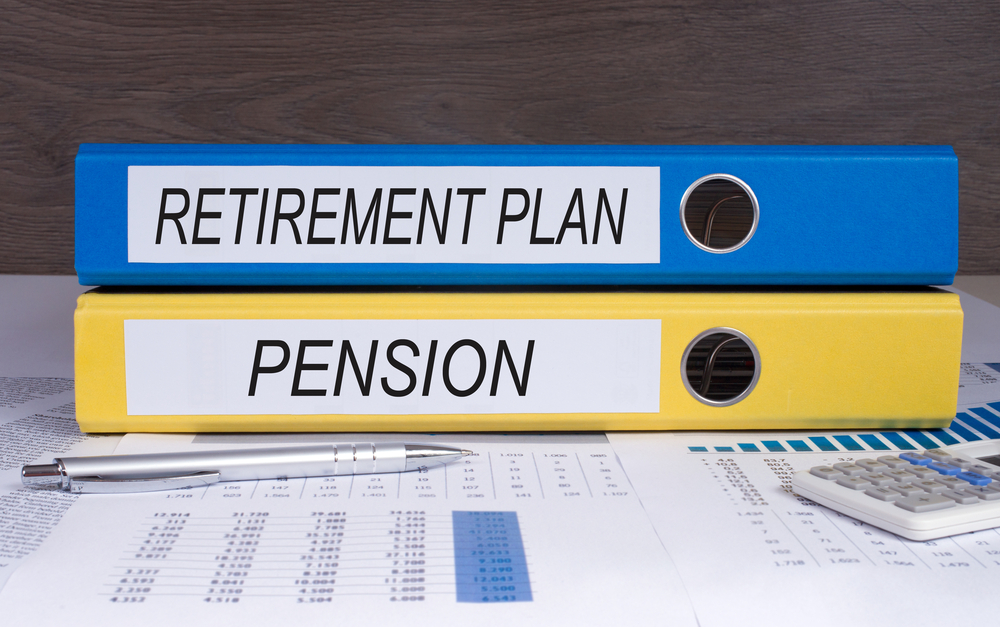The Investment Company Institute (ICI) reports that 63 percent of all workers aged 26 to 64 participate in an employer-sponsored retirement plan either directly or through a spouse.

The data, reported by the U.S. Bureau of Labor Statistics’ Current Population Survey (CPS), provide an alternative measure to the most commonly cited data on retirement plan participation, which said retirement plan participation is about 5 percentage points lower than ICI’s numbers.
“More American workers are benefiting from employer plans than the conventional wisdom would suggest,” ICI Senior Economist Peter Brady said.
Brady is the author of the report, “Who Participates in Retirement Plans,” which uses new tabulations of 2013 tax data published by the Internal Revenue Service’s Statistics of Income (SOI) Division to analyze participation in employer-sponsored retirement plans.
“The common view of retirement preparation is distorted by two factors,” Brady said. “First, the most commonly cited statistics understate retirement plan participation. Second, most statistics lump together younger and older workers, ignoring the fact that the participation rate increases as workers approach retirement. Many of the younger and lower-income workers who are not participating today will do so later in their careers, and as a result, will reach retirement having accumulated employer plan resources.”
Among the key findings, the report found that retirement plan participation increases with age. Participation ranged from 52 percent of those aged 26 to 34 to 68 percent of those aged 55 to 64. These data are consistent with generational savings patterns observed in previous studies. Specifically, younger households are more likely to report that they save primarily for reasons other than retirement—for example, for a home purchase, for the family, or education.
To be an active participant, a worker must have made a contribution or have had an employer contribution to a defined contribution plan, or had a defined benefit plan through their employer.